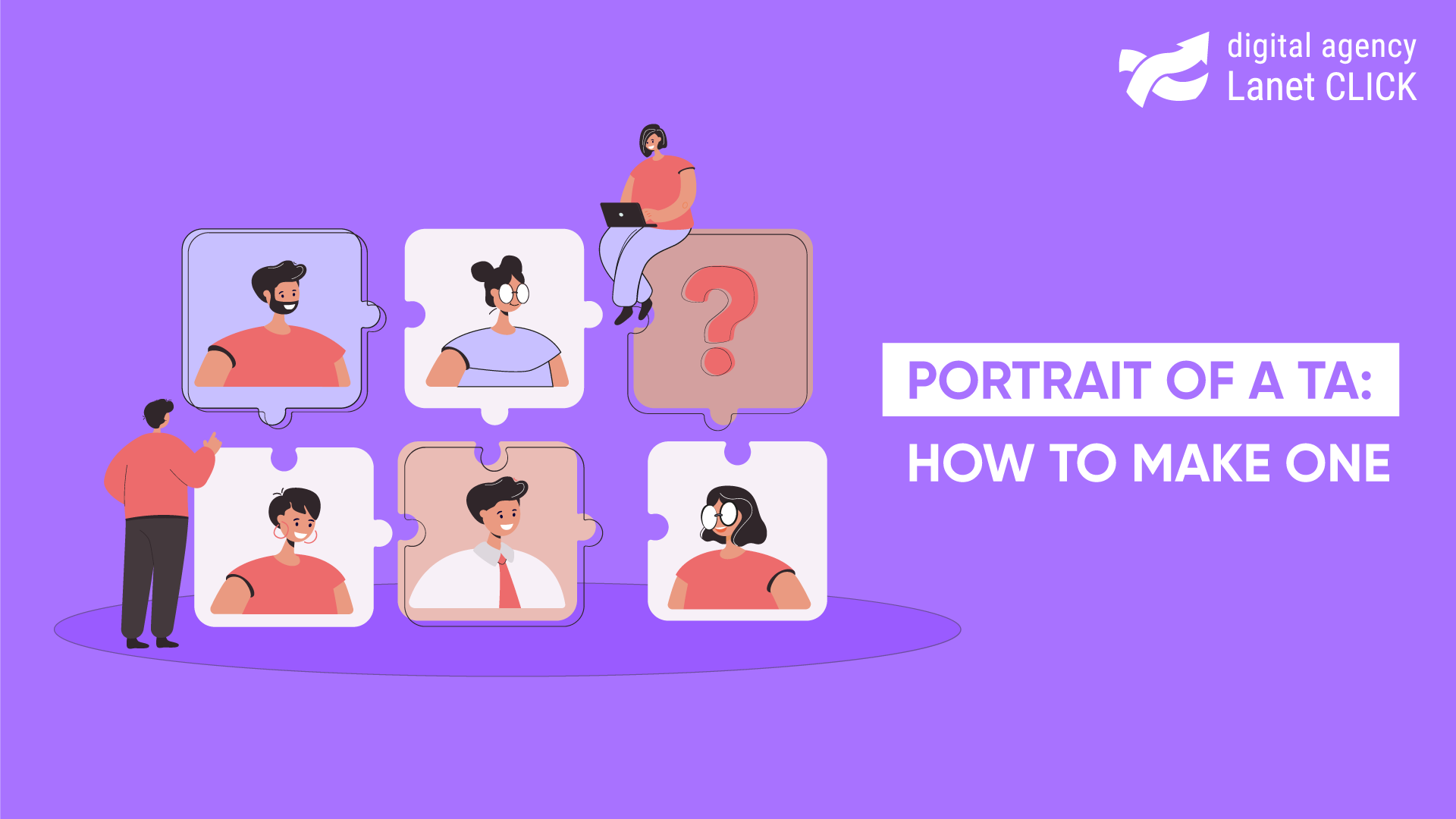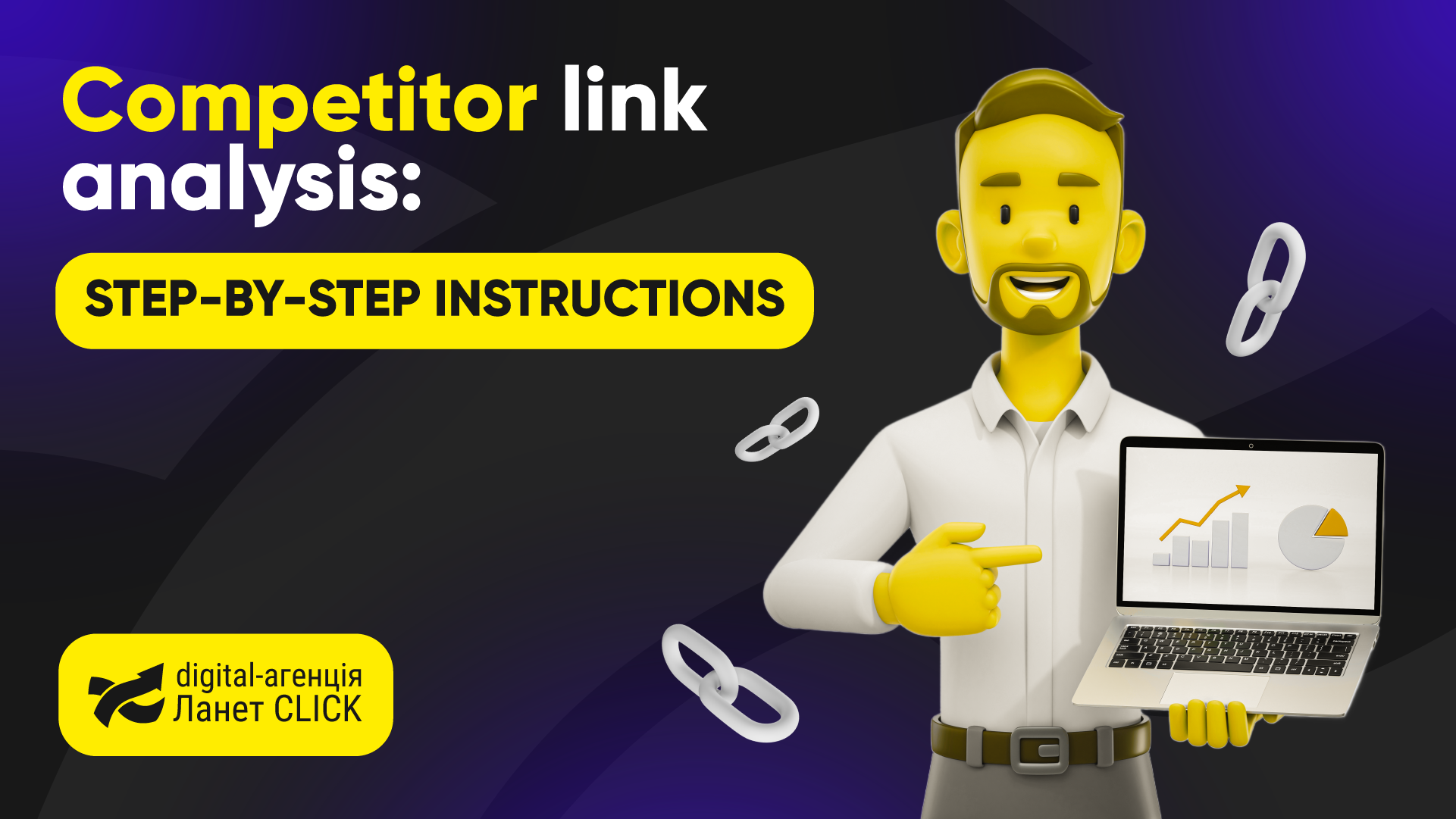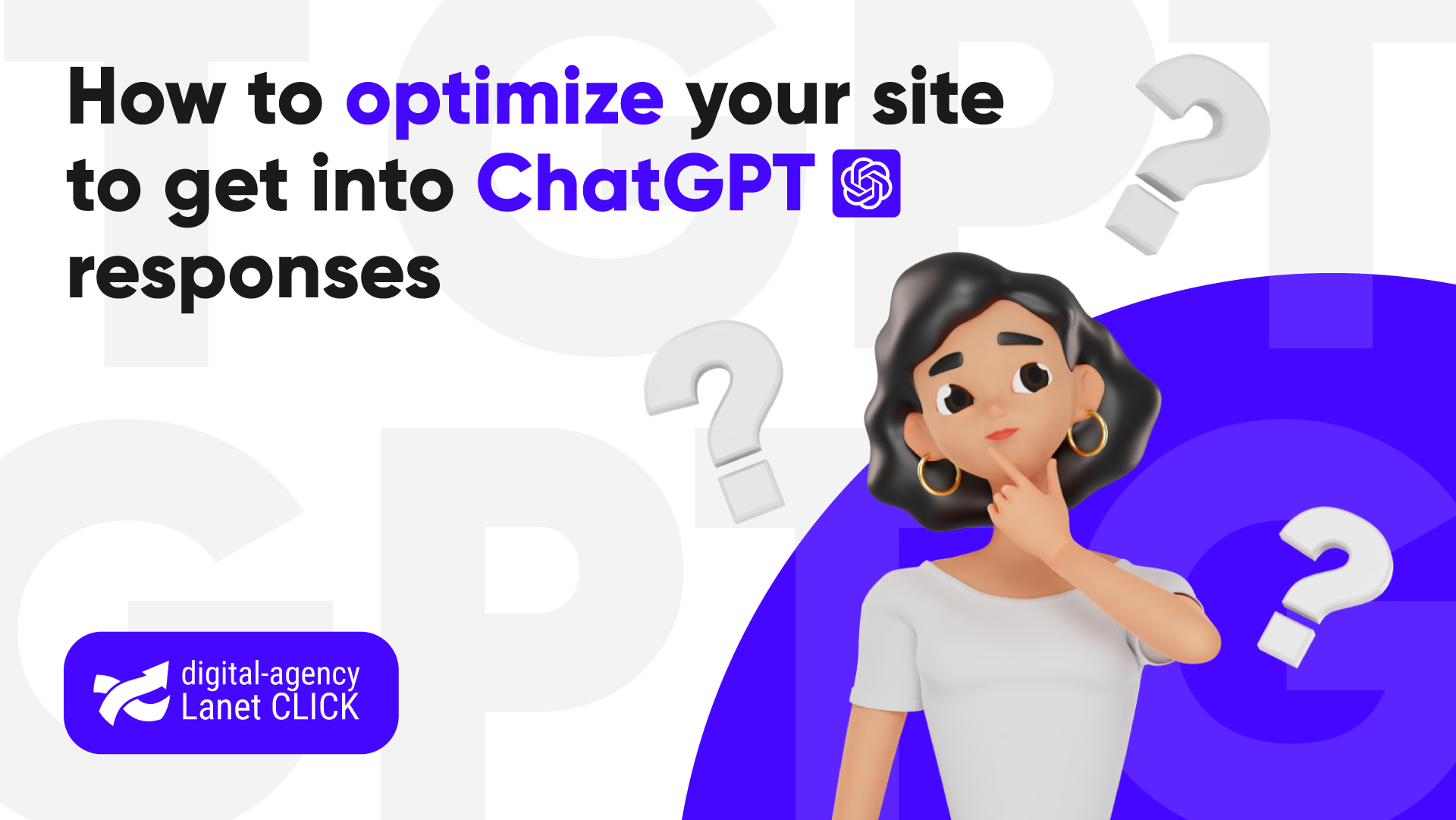
Lanet CLICK entered the TOP-8 digital agencies of Ukraine according to the Ringostat 2025 rating
Lanet CLICK was included in the list of the best digital agencies in Ukraine according to the Ringostat 2025 rating […]


Target audience is one of the basic concepts of marketing. Without a clear understanding of the characteristics of the ideal buyer, it is impossible to create a successful marketing strategy and achieve a high level of sales. But what is it, and how to describe the portrait of your target audience? Let’s take a closer look.
The target audience portrait is a set of indicators of various segments of potential customers. The main goal of creating a portrait of the target audience is to minimize the number of ineffective marketing contacts and make advertising as effective as possible.
An example of a portrait of the target audience looks like this: women, 25-35 years old, have a husband and a child, buy an apartment for their family to move away from their husband’s relatives, and get a workspace.
After creating a portrait of the target audience, you can define a portrait of the client — a typical representative of the TA segment. In this case, an example of a client portrait looks like this:
Thanks to such detail, the goals, motivations, and problems of a potential buyer that a particular business must solve are clearly visible.
A portrait of the target audience is an indispensable tool for business because it allows:
To create a portrait of the target audience, you need to highlight a set of features, including:
The following tools will help you create a portrait of the target audience:
Read also: How to attract customers
When compiling a target audience, it is easy to get confused. To avoid this, let’s consider a small checklist of the portrait of the target audience with the mistakes you should avoid.
And most importantly: never forget to test different TA portraits. By changing one of the points, it is easy to find new sites for advertising, increase the level of sales, and attract more customers.
High-quality SEO is also impossible without a TA portrait. It affects the development of the design, structure, navigation elements of the site, selection of queries for the semantic core, and content for publication.

Lanet CLICK was included in the list of the best digital agencies in Ukraine according to the Ringostat 2025 rating […]

For a site to rank high in search results, it is important to work not only with content and technical […]

Artificial intelligence has already changed the rules of the game in search engines. Users are increasingly turning to ChatGPT and […]
A good strategy, perfectly selected digital tools, and their effective application will allow the business to increase profits, grow the customer base, and form recognition and loyalty. Do you want something like that? Contact us.
You have taken the first step towards effective online marketing. Our managers will contact you and consult you soon.